BlindGPT - Vision Assistance AI
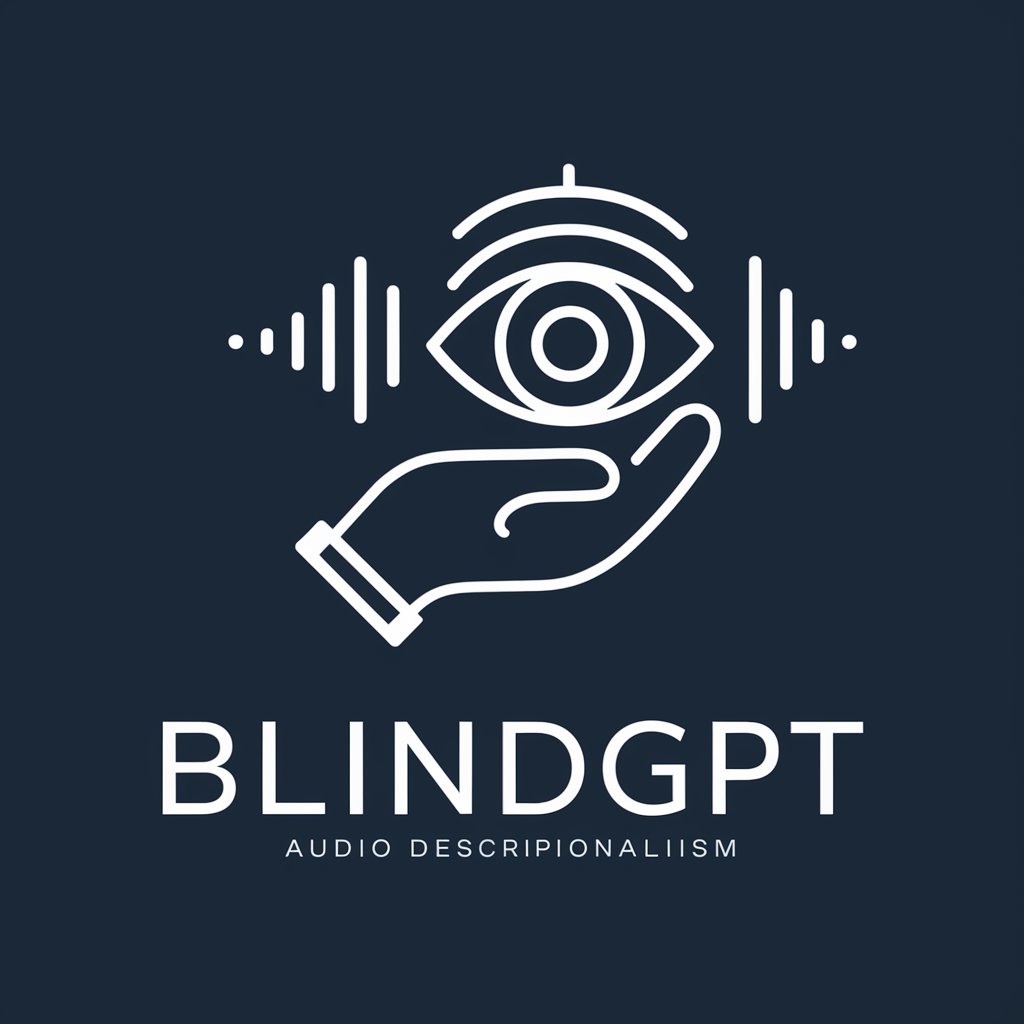
Hello! I'm here to assist with navigation and descriptions. How can I help you today?
Empowering Vision with AI
Describe the surroundings in this image with a focus on identifying key landmarks.
Guide me to the nearest available seat in a busy public area.
Identify and describe any text visible in this image.
Provide directions to the exit based on this image.
Get Embed Code
Overview of BlindGPT
BlindGPT is designed as a specialized virtual assistant for visually impaired users, leveraging the capabilities of AI to interpret visual inputs and provide audio feedback. It aims to facilitate everyday tasks and navigation in public spaces by describing locations, identifying objects or seats, and offering guidance. By processing images from devices like smart glasses, BlindGPT translates visual information into concise, clear verbal instructions. For example, when a user enters a café, BlindGPT can describe the layout, including the counter's position, seating arrangements, and any potential obstacles, making the space more accessible and navigable. Powered by ChatGPT-4o。

Core Functions of BlindGPT
Location Description
Example
Describing a user's immediate surroundings in a park, including the location of benches, pathways, and nearby facilities.
Scenario
A user stands at the entrance of a park. BlindGPT processes the visual input to explain the layout of the park, guiding the user towards a desired location like a serene spot near a pond or the nearest restroom facilities.
Object Identification
Example
Identifying and describing objects on a table, such as a cup, plate, or electronic device.
Scenario
During a meeting in a conference room, a user needs to locate a specific document among several items on the table. BlindGPT assists by identifying the items and their approximate locations, helping the user find the document efficiently.
Navigation Assistance
Example
Providing turn-by-turn directions in a shopping mall, including information about store locations, rest areas, and exits.
Scenario
A user in a large shopping center wants to find a specific store. BlindGPT analyzes the mall's layout from the visual input and guides the user with step-by-step instructions, mentioning landmarks and store names en route to help orient the user.
Target User Groups for BlindGPT
Visually Impaired Individuals
People with partial or total vision loss who require assistance in interpreting their surroundings, navigating public spaces, and performing daily tasks. BlindGPT enhances their independence and mobility by converting visual cues into audio information.
Elderly with Diminished Vision
Older adults experiencing a decline in vision can benefit from BlindGPT's services, which can help them maintain a level of independence by providing clear, verbal descriptions of unfamiliar or complex environments.

How to Use BlindGPT
1
Visit yeschat.ai to start using BlindGPT for free, no account creation or ChatGPT Plus subscription required.
2
Choose the 'BlindGPT' option from the service list to enable the vision assistance mode designed for visually impaired users.
3
Use voice commands or text input to describe the visual task you need assistance with, such as identifying objects or navigating spaces.
4
Wait for a brief moment as BlindGPT processes your request and provides a clear, concise response tailored to your needs.
5
For an optimal experience, ensure your device's microphone and camera are enabled for accurate visual and audio input and feedback.
Try other advanced and practical GPTs
MhurwudGPT
Unveiling Mhurwud's Mystical Realms

PromptRex
Crafting Creativity with AI

BSDShellGuru
Elevate your shell scripting with AI

★ Lucky 9 Stars ★
Unveil Your Cosmic Blueprint
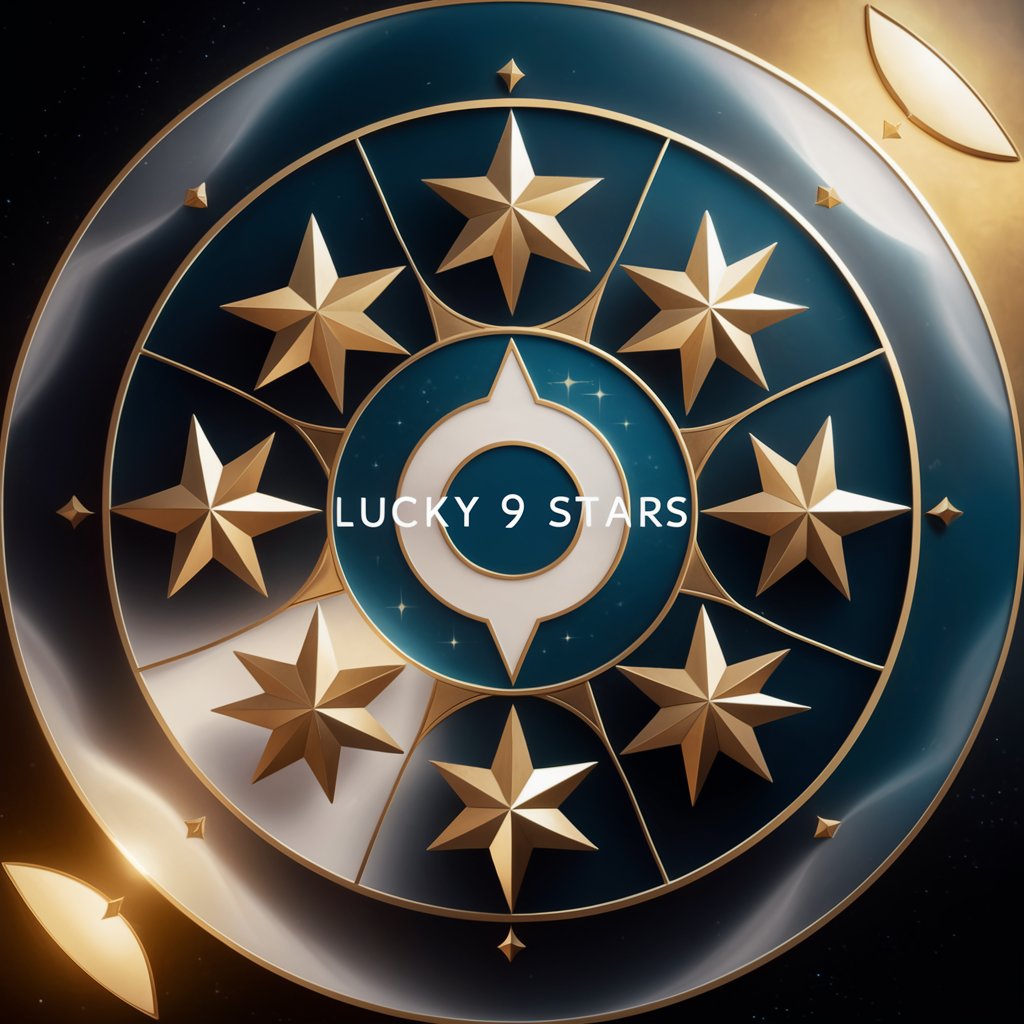
BluffBall
Your AI-powered football mate

SEO Content Companion
Elevate Your Content with AI

Firstwater GPT
Empowering Brands with AI-Driven Sustainability
āutomate
Empowering Efficiency with AI-Powered Automation

Apollo AI
Empowering Intelligence, Ethically Guided
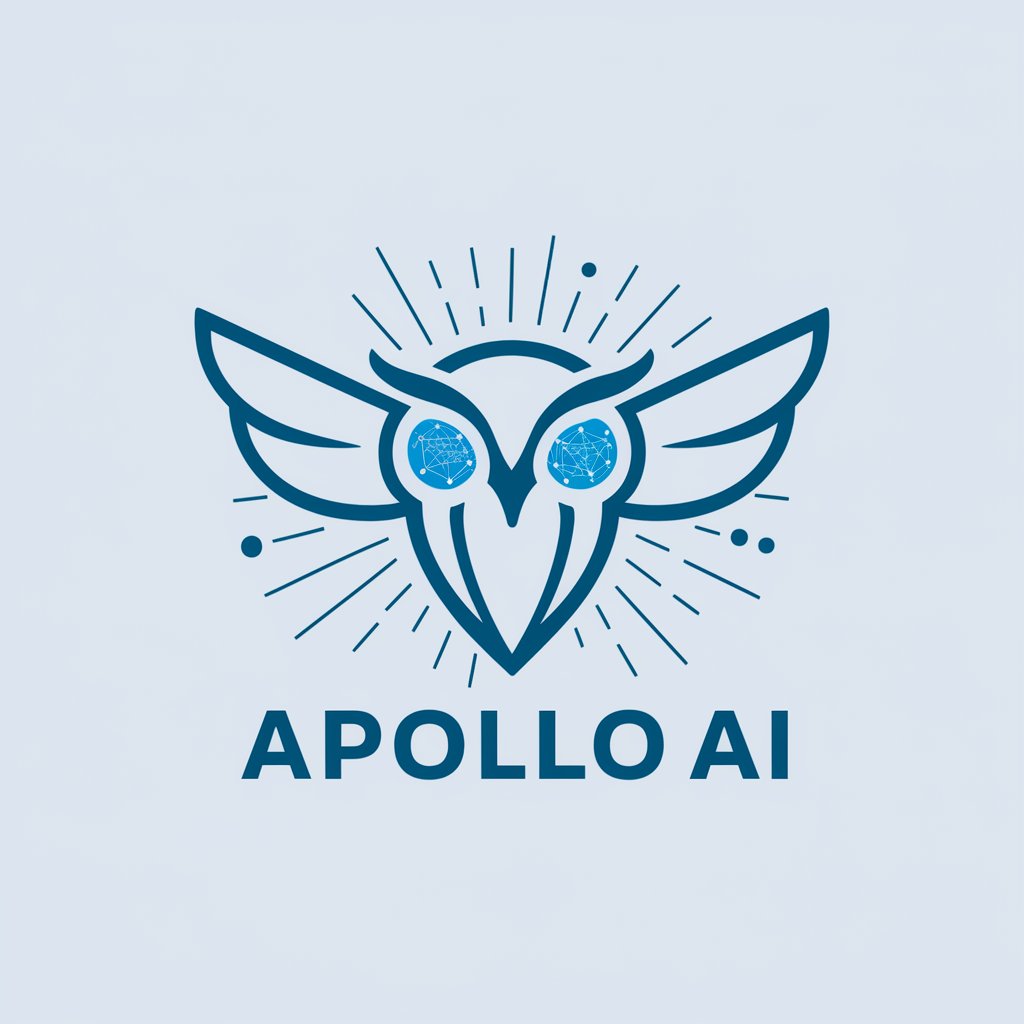
mBAIAx
Demystifying technology with AI
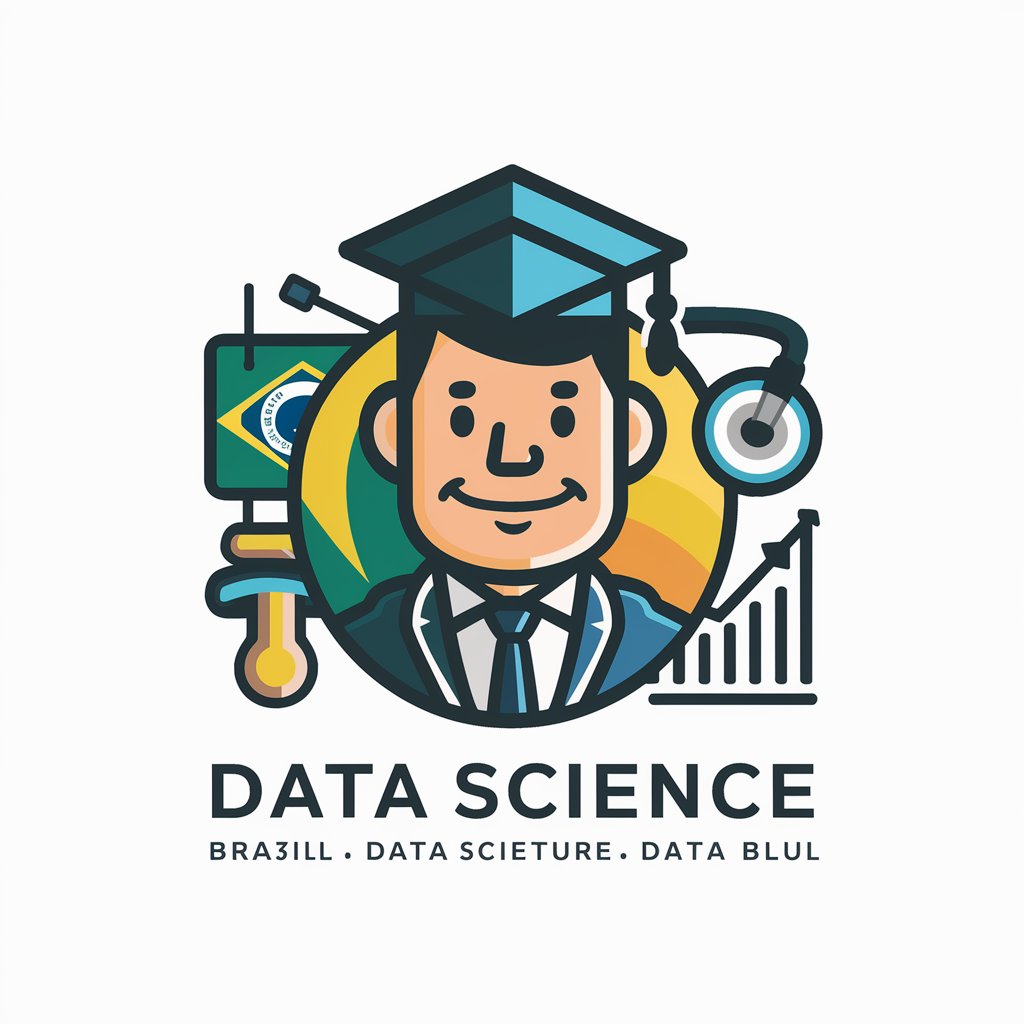
CeeCee
Empowering joyful living with AI

trendup
Harness AI for Trending Content Insights
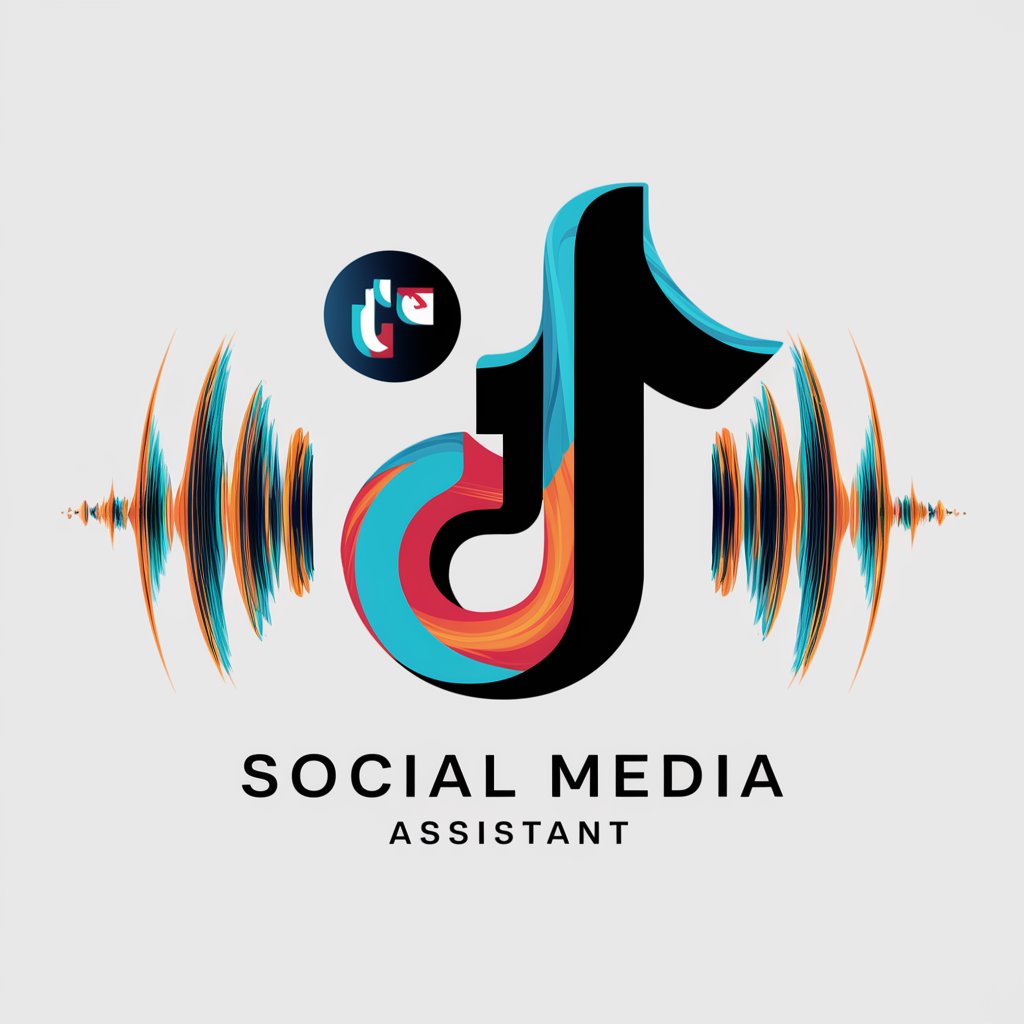
Frequently Asked Questions about BlindGPT
What is BlindGPT?
BlindGPT is a specialized AI tool designed to assist visually impaired users through voice or text commands. It provides visual information, navigational help, and object identification using smart devices.
How does BlindGPT assist in navigation?
BlindGPT interprets visual data from the user's device to offer guidance and directions in real-time, making public spaces more accessible by describing layouts and identifying obstacles.
Can BlindGPT recognize objects in any environment?
Yes, BlindGPT can identify objects in various environments, utilizing advanced AI to understand context and provide relevant information to the user.
Is BlindGPT suitable for academic or professional use?
Absolutely. BlindGPT can assist in academic research by describing visual data, and it's also useful for professionals needing visual task support, like identifying components in engineering.
How can I ensure the best experience with BlindGPT?
For optimal use, maintain a stable internet connection, clearly articulate voice commands, and provide detailed descriptions of your visual requests.
